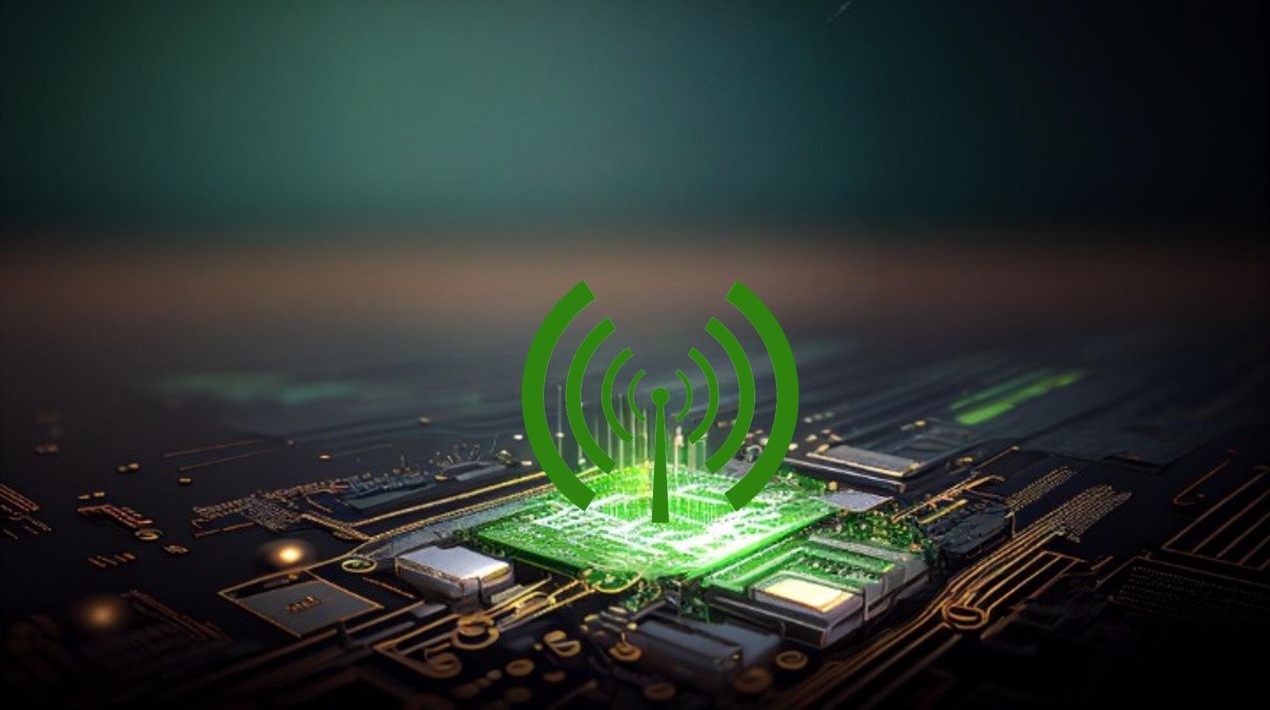
A Singapore cybersecurity firm launched the world’s first solid-state drive (SSD) embedded with Artificial Intelligence (AI) data security. As the last line of defence to protect data at the hardware level, the SSD can guard against both remote and physical attacks, boasting a range of features including temperature sensors to detect unusual movements that occur.
During an incursion, the device will alert the user via email and lock itself to prevent any physical tampering. Users may then unlock the device via a dynamic authentication process. For clients with high-security needs, such as the military, data may be automatically wiped should the device fall into the wrong hands. This innovation was a breakthrough and a significant step in increasing security and safety for end-users, having put AI into the firmware layer of an SSD.
According to a page, the device has been designed with extensive data security features and functionalities to deliver the utmost cybersecurity and reliability without bottlenecks. These are the features and benefits of the device:
- Activity-Based AI Protection: Prevent the cyber-attacks and ensure security with activity-based AI monitoring that constantly monitors for threats to offer the security of personal and industrial data.
- Added Layers of Security: Protect maleficent malware by the optimisation of scalable infrastructure that analyses threats from the software and hardware level.
- Customisable Solutions: Leverage efficiency by enhancing the competency and get the flexibility to customise your device according to your preference and ensure data security.
- AI-Enabled Monitoring: Safeguard the data with low complexity system configuration and proper power management to maintain an extremely resourceful cyber-proof platform.
By the incorporation of the AI-embedded protection facility into the device, the company has optimised dense computing in shared networks. The built-in AI Co-Processor Quantum Engine monitors and shields the transmitted data in real-time. The self-learning attribute blocks the gateway for threats and ensures firmware protection. Integrated high-functioning threat detection features into the firmware-level and hardware sensors to detect anomalies in data access patterns.
The product has not been made available to the public and is currently in trials with government agencies, medical and industrial clients. The company plans to cater to businesses by September this year and hopes to raise enough funds to produce the device for the mass consumer market by early 2022. With such innovations, Singapore will be better equipped to leverage the benefits of technology while safeguarding itself against rising cyber threats.
Similar companies need to include research institutes, universities and the private sector to enhance local research and development efforts in AI. In Singapore, people want to become more than just smart consumers or buyers of applications and hardware. They want to become a nation of innovators, makers and creators.
As reported by OpenGov Asia, to raise cybersecurity awareness The Cyber Security Agency of Singapore (CSA) has launched a new “Better Cyber Safe than Sorry” campaign. The fourth edition of CSA’s national cybersecurity awareness campaign continues to focus on raising awareness and driving adoption of four good cybersecurity practices: use of strong passwords and enabling two-factor authentication (2FA); spotting signs of phishing; use of anti-virus software; and updating computer software.
The campaign focuses on drawing parallels between these four cybersecurity practices and our everyday life. For example, the analogy of using a strong lock to secure one’s home parallels the good cybersecurity practice of using strong passwords and enabling 2FA to secure one’s online accounts.
The “Better Cyber Safe than Sorry” campaign comes on the heels of CSA’s latest annual cybersecurity awareness survey which found that 37% of respondents had reported falling victim to a cyber incident at least once in 2020 – a jump from 28% in 2019 – reflecting global trends of cyber incidents becoming more prevalent.
The Cybersecurity Awareness Survey 2020 found that although general awareness of cybersecurity had improved, adoption of good cyber hygiene practices – such as enabling two-factor authentication (2FA) and using cybersecurity apps – continued to be low.
















